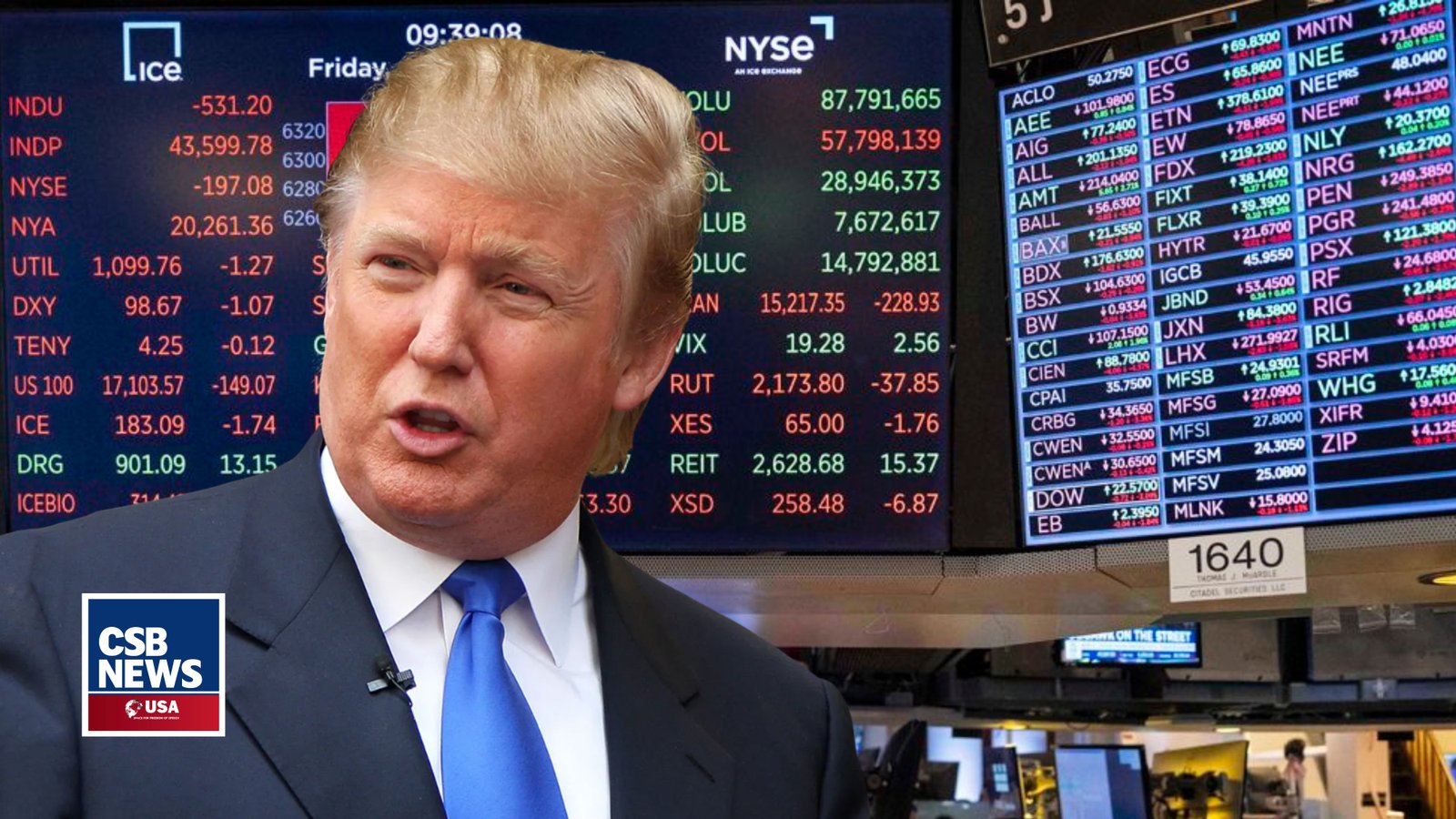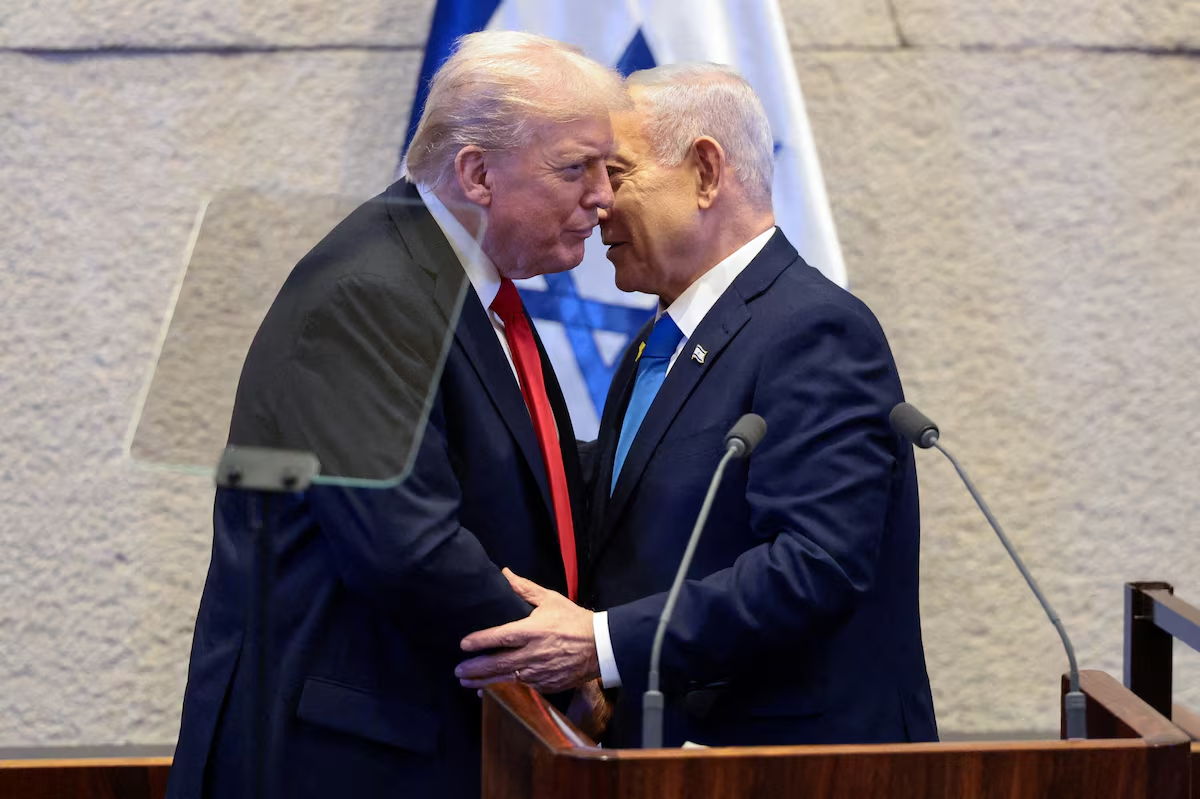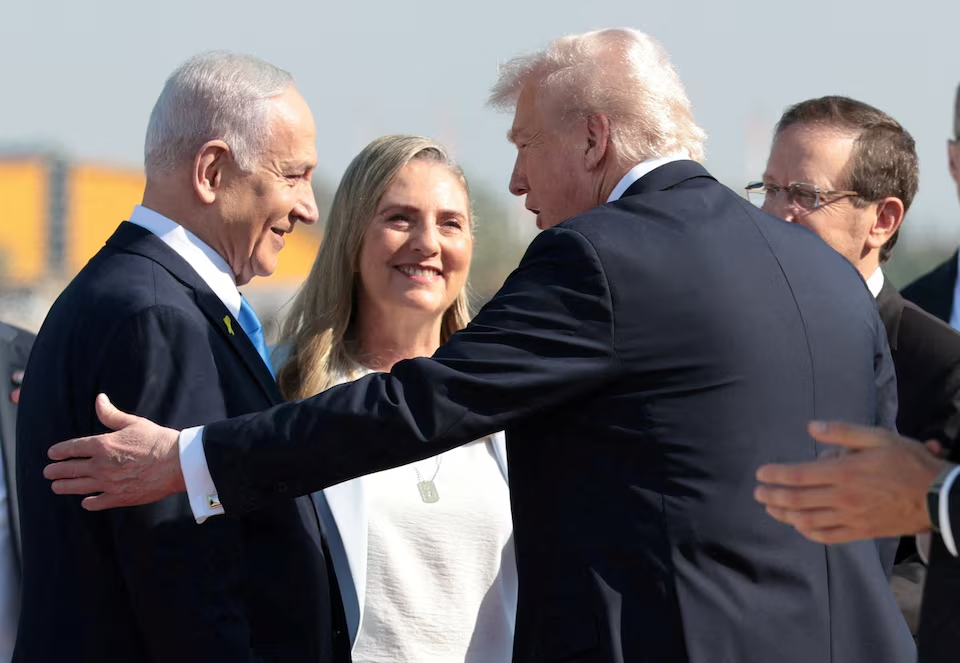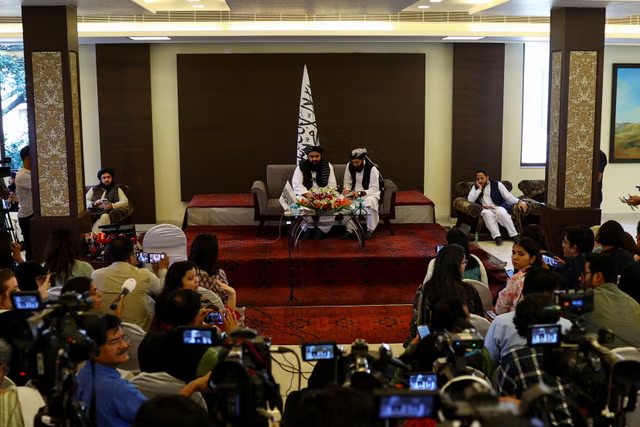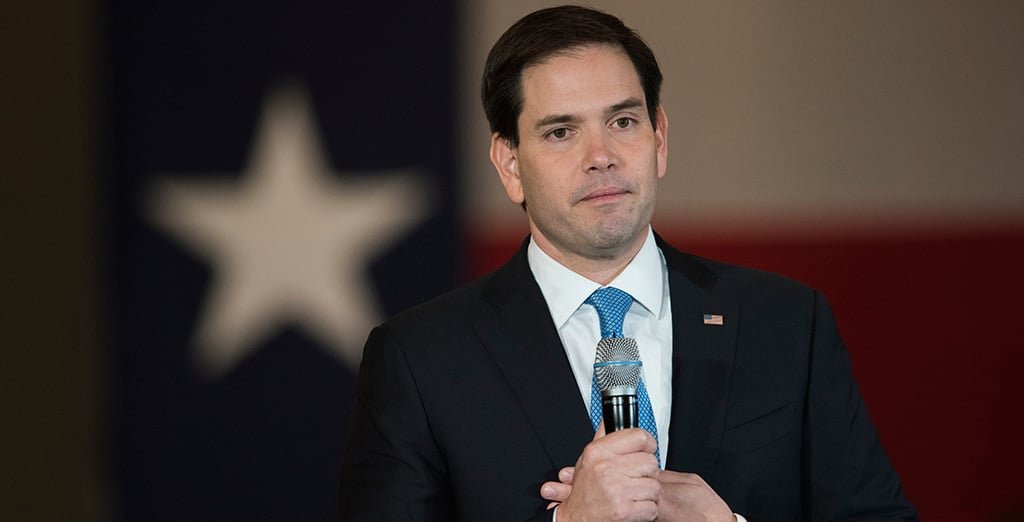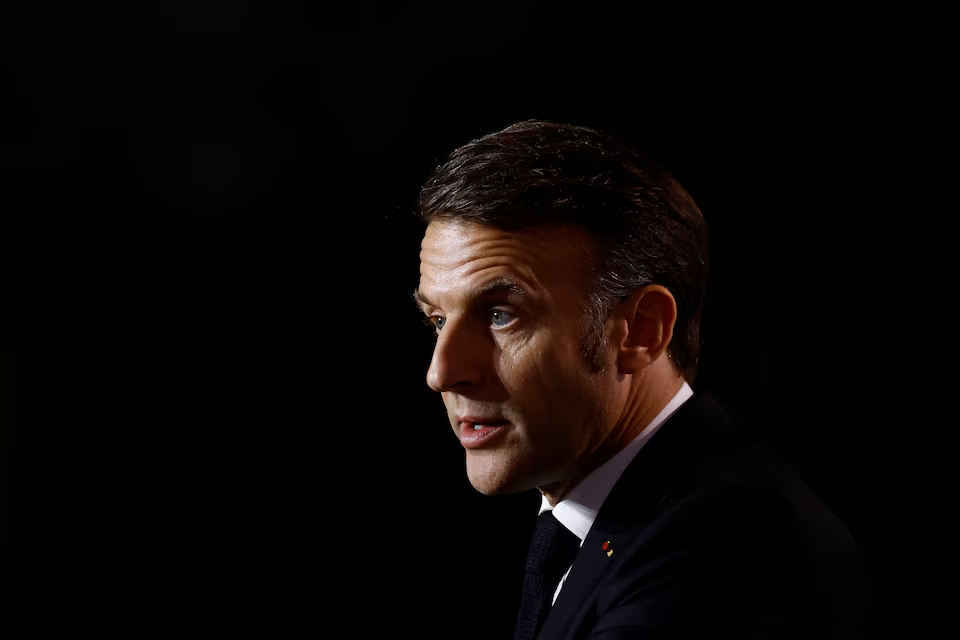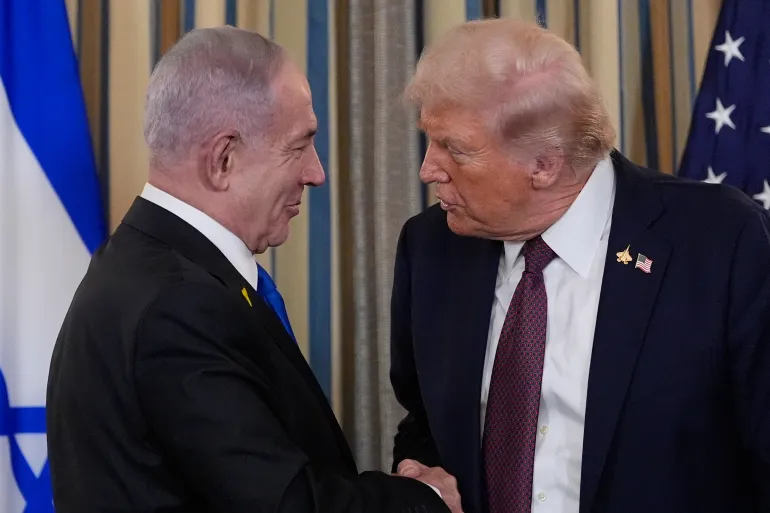Trump’s New Tariff Policy: How the U.S. Stands to Benefit from Protectionist Trade Approach
Higher tariffs on foreign goods will make imports more expensive, giving U.S. manufacturers a competitive edge and reducing import dependency. As domestic production increases, new jobs are likely to be created, particularly in manufacturing, logistics, and export sectors.
Trump’s New Tariff Policy: How the U.S. Stands to Benefit from Protectionist Trade Approach
As President Donald Trump’s revised tariff and trade policy takes effect next week, the United States is shifting away from decades of free trade toward a more protectionist economic model. According to the White House, this strategy is expected to bring significant benefits to the U.S. economy, especially in manufacturing, employment, and trade balance.
Higher tariffs on foreign goods will make imports more expensive, giving U.S. manufacturers a competitive edge and reducing import dependency.
As domestic production increases, new jobs are likely to be created, particularly in manufacturing, logistics, and export sectors.
By imposing higher tariffs on countries with which the U.S. runs a trade deficit, the policy aims to narrow the gap and boost national economic output.
Tariff collections will provide additional income for the federal government, which can be used to reduce the budget deficit or reinvest in infrastructure.
A 40% penalty on transshipment (re-routing goods through third countries) aims to stop trade circumvention and uphold fair practices.While global trade tensions may rise, the Trump administration sees this policy as a step toward securing long-term domestic growth and strategic advantage. It marks a significant move in advancing the “America First” economic doctrine.


